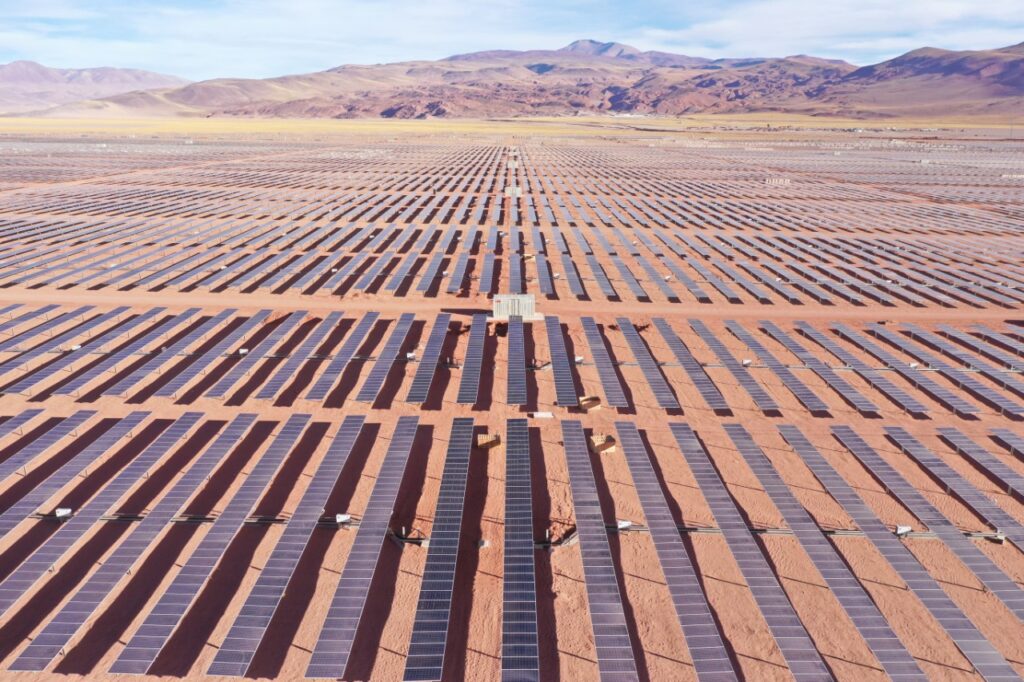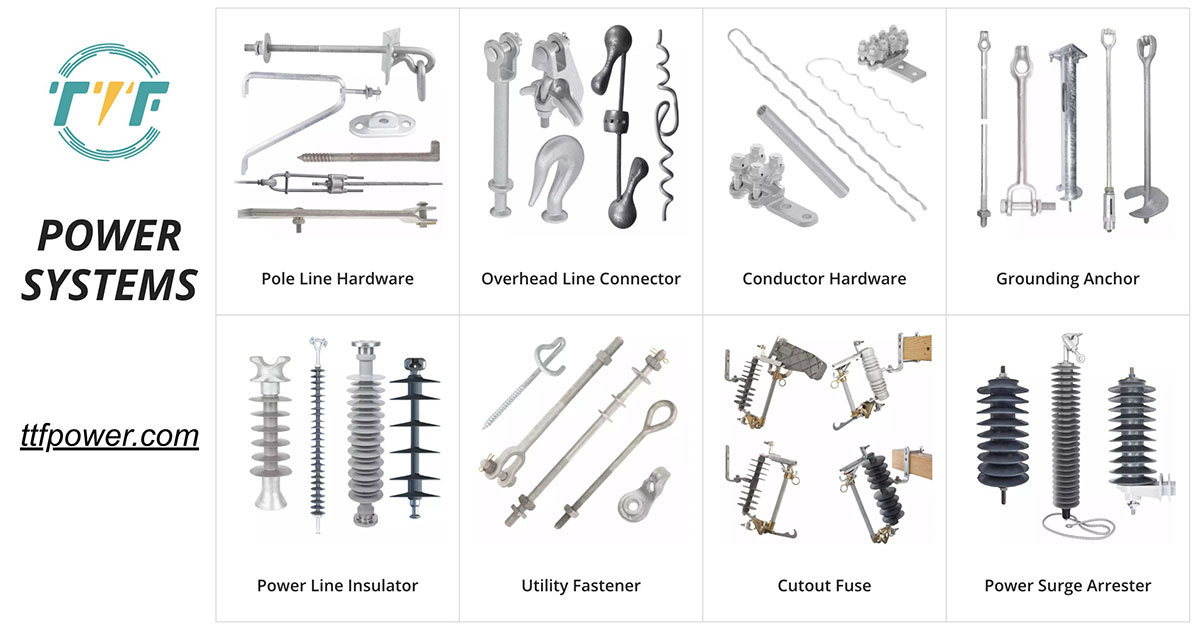
Argentina’s natural resources have contributed to the growth of its renewable energy capacity during the global shift towards clean energy. The nation possesses significant potential in wind, solar, hydro, and bioenergy to meet energy needs. Through the RenovAr initiative, Argentina has achieved considerable advancements in growing its renewable energy industry. The country has drawn in investments and expedited project progress. Argentina is part of the South American energy market to send excess electricity to Brazil, Chile, and Uruguay. This bolsters regional transmission networks, enabling Argentina to provide clean energy to energy-demanding economies. This could elevate Argentina to the status of a regional leader in clean energy and a worldwide provider of green hydrogen and electricity. C-Span clamps are crucial elements boosting Argentina’s renewable energy industry.
C-Span clamps play a crucial role in ensuring the efficiency, safety, and scalability of renewable projects. For instance, C-Span clamps help attach and tension overhead conductors that send electricity from wind turbines to substations. They prevent conductor slippage due to strong winds to ensure stable power transmission. Additionally, they secure medium-voltage distribution lines connecting solar arrays to inverters and transformers. Argentina’s renewable energy transmission needs a robust grid infrastructure to handle intermittent solar and wind power. C-Span clamps help maintain proper conductor spacing. This is crucial to reduce the risk of short circuits and line galloping.
The functions of C-Span clamp in expanding renewable energy in Argentina
With the increasing renewable energy production in Argentina, C-Span clamps are crucial in sustainability goals. A C-Span clamp is a type of mechanical connector used in overhead power lines. It is designed to secure conductor cables, maintain proper tension and alignment, and reduce mechanical stress. The clamps are useful in mountainous regions where there are long distances between towers that need stronger support. The following are the functions of C-Span clamps in renewable energy expansion.

- Stabilizing long transmission lines—renewable energy sites need transmission lines to span long distances between support structures. C-span clamps hold conductors in place, prevent sagging, and maintain line tension and conductivity.
- Enabling efficient power delivery – the clamps ensure that electricity reaches substations and national grids. The clamps reduce the risk of mechanical failure, which could disrupt renewable energy supply.
- Improving durability—C-Span clamps are made from galvanized steel, which helps resist corrosion and wear. This is crucial as Argentina’s renewable zones experience extreme weather conditions.
- Supporting fast deployment—the clamps are easy to install and adjust. They are also compatible with various conductor sizes and tower types, which speeds up the deployment of renewable grids.
The significance of renewable energy in shaping Argentina’s energy future.
The growth of renewable energy is defining the country’s energy future with its wind, solar, hydro, and bioenergy resources. Argentina has the capability to emerge as a leader in clean energy within the region. This occurs while decreasing reliance on fossil fuels, improving energy security, and fostering economic development. Argentina has the potential to emerge as a regional leader in clean energy. This is by enhancing its grid, investing in energy storage and hydrogen technologies, along with renewable resources. C-span clamps provide reliable connections between overhead lines and storage facilities. Here are the functions of renewable energy in shaping Argentina’s energy future.

- Minimizing reliance on fossil fuels— Increasing wind and solar energy decreases dependence on fossil fuels. Additionally, the government plans for renewable sources to account for 20% of electricity by 2025.
- Energy security and grid reliability—investing in energy storage solutions and modernizing the grid facilitates the integration of variable renewables such as solar and wind. Expanding energy sources with renewables decreases Argentina’s susceptibility to changes in fossil fuel prices.
- Economic expansion and employment generation—the renewable energy industry generates jobs in construction, production, engineering, and maintenance. The nation is drawing international investment in renewable energies. These include wind, solar, and hydrogen generation.
- Lowering emissions—shifting to renewable energy aids in achieving the Paris Agreement goals and decreases greenhouse gas emissions.
Effect of infrastructure and grid constraints on Argentina’s energy growth
Argentina possesses exceptional wind and solar resources that need reliable infrastructure and grid stability. Nonetheless, it possesses antiquated and rudimentary grid infrastructure that restricts its energy growth. Factors like transmission restrictions, regulatory challenges, and technical barriers hinder the progress of expansion. To realize a sustainable energy future, Argentina needs to plan on transmission expansions, implement grid modernization initiatives, and entice private investors in transmission.
